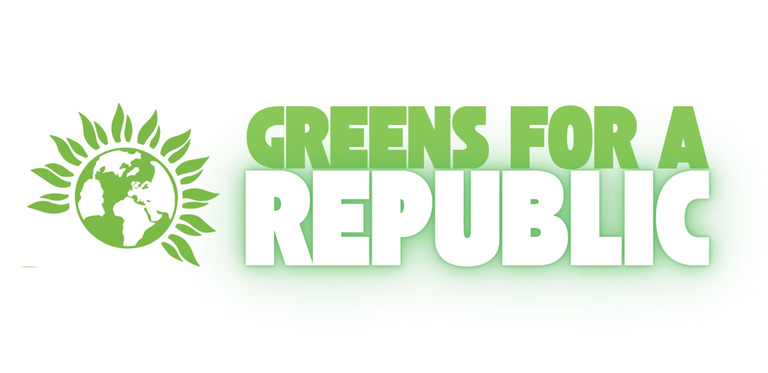Gilded Giving: Royal Philanthrocapitalism and the Politics of Doing Nothing
11/15/20252 min read
"Philanthrocapitalism" refers to the blend of charity with corporate-style tactics, often serving to reinforce existing power structures while appearing benevolent. The British Royal Family embodies this in several ways:
1. Brand Management Disguised as Charity
Royal charitable ventures often double as PR exercises. Initiatives like Charles’s Prince’s Trust or William and Kate’s mental health campaigns function less like grassroots activism and more like brand extensions. These charities raise the royals’ profiles while projecting an image of modern relevance.
2. Leveraging Networks for Influence
Royals use their unique access to elite networks—corporate leaders, politicians, celebrities—to channel resources into their chosen causes. While this might seem altruistic, it often reinforces a system where charity is dictated by the privileged, bypassing systemic solutions in favour of ad hoc fixes.
3. Tax and Transparency Issues
Their charities benefit from significant tax advantages and limited public oversight. This is classic philanthrocapitalism: positioning charitable foundations as vehicles for "good" while benefiting financially and maintaining opacity.
4. Maintaining the Status Quo
By focusing on issues like youth unemployment or mental health without addressing root causes (wealth inequality, structural racism), they present themselves as part of the solution while avoiding conversations that would challenge their own privileged status.
5. Global Influence with Colonial Undertones
Royals often frame their charitable efforts in the Commonwealth as benevolent outreach. However, these acts perpetuate paternalistic "white saviour" narratives, allowing them to maintain soft power in former colonies.
Here’s a deeper look at how specific members of the Royal Family engage in philanthrocapitalism, with concrete examples:
The Prince’s Trust
Founded in 1976, the Prince’s Trust supports young people with employment, education, and entrepreneurship. While it has helped many, it exemplifies philanthrocapitalism in several ways:
- Corporate partnerships: The Trust partners with companies like HSBC, Google, and NatWest. These alliances lend corporations reputational polish while giving the monarchy business clout.
- Property empire: Through The Duchy of Cornwall (formerly under Charles), revenue from vast land holdings funds charitable and personal expenses. It’s a case of wealth generated by inherited privilege, funnelled into charity to sustain favourable public perception.
- Conservative solutions: The Trust focuses on self-help and small business grants, promoting individual responsibility over systemic change—ideal for maintaining the status quo.
The Royal Foundation
The main charitable vehicle of Will + Kate tackles mental health, early childhood, and climate change. But:
- It operates like a corporate NGO: With a slick board of trustees, glossy campaigns like “Heads Together”, and media-heavy events, it’s more brand-building than grassroots.
- “Earthshot Prize”(William’s climate initiative): Awards money to innovation teams, but draws criticism for favouring techno-fixes over challenging global power structures or climate justice. It aligns environmental action with marketable, palatable solutions that don’t disrupt royal or corporate interests.
Pitching philanthropy for prestige
Although disgraced, Andrew once used his patronage of initiatives like Pitch@Palace (a tech start-up platform) to mingle with wealthy elites under the guise of fostering innovation. It was less about charity and more about soft power, networking, and prestige laundering.
Members of the Royal Family practise a highly curated form of philanthropy that blends charitable giving of other people's money with brand management, elite influence, and wealth protection. It's not philanthropy that challenges inequality—it’s one that often recycles it.
